The mystery behind whale shark reproduction
Whale sharks life cycle is still an enigma, here is what marine biologists know so far about baby whale sharks
While they could live up to 100 or 150 years old and mother a few hundreds pups, this late development implies slower potential population renewal as most whale sharks will not live long enough to have a descendant.
They have to steer clear of a lot of threats such as fishing nets...before they get a chance to breed.
|
What do you know about their reproduction ?
The answer to this question: not much …. even by whale sharks specialists. There are three different modes of reproduction among sharks and rays (oviparity, ovoviparity and viviparity) and 1 variant (asexual reproduction)... Oviparous species, like many other fish (as well as birds and reptiles), lay eggs. |
Viviparous species give birth to live young, just like mammals: a placental links the developing embryo and its mother and feeds it in utero until its birth.
Ovoviviparous species also give birth to live young but do not have a placenta linking mum and baby. The embryo first develops within an egg, gaining nutrients from the yolk, it then emerges from the egg whilst still inside the mother who gives birth Asexual: leopard sharks held in an aquarium have given birth after years of captivity!!! |
So when Baby whale sharks are born, where do they go?
As it is one of the few places they can still hide in… it is believed that baby whale sharks are born in very deep water and spend the first years of their lives at depth.
Baby whale shark sightings are very very rare but they have been seen !
|
Only 21 baby whale sharks smaller than 1.5 m long have ever been sighted globally till this day, most were neonate captured as bycatch in fishing nets.
The latest Whale shark baby was found on the 15th of March 2020 and was 60cm long. This is smaller than the largest embryo found inside "big Mamma" in 1995, meaning this pup is either a small newborn or even neonate. |
|
If you liked this article, share it!
learn about adult whale sharks in this bespoke article:
All about whale sharks And if you have something to add, feel free to leave us a comment below! |

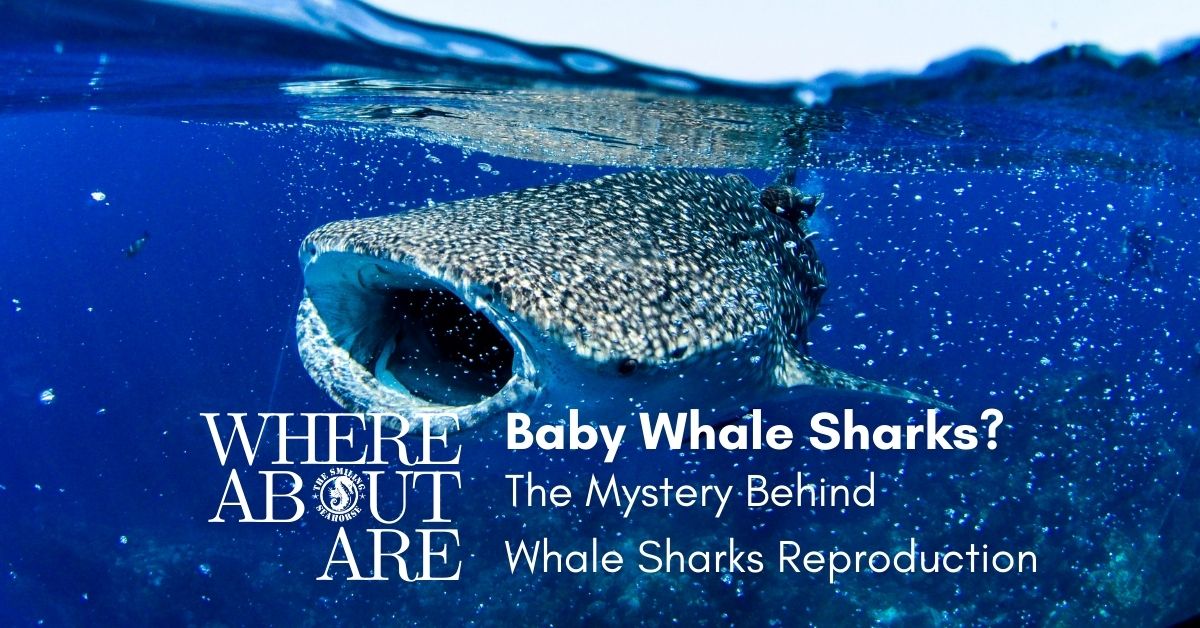
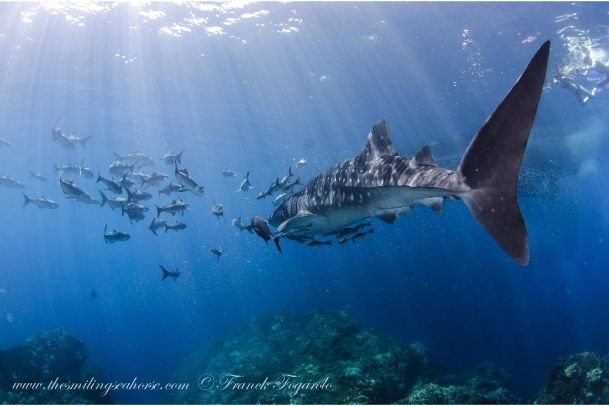
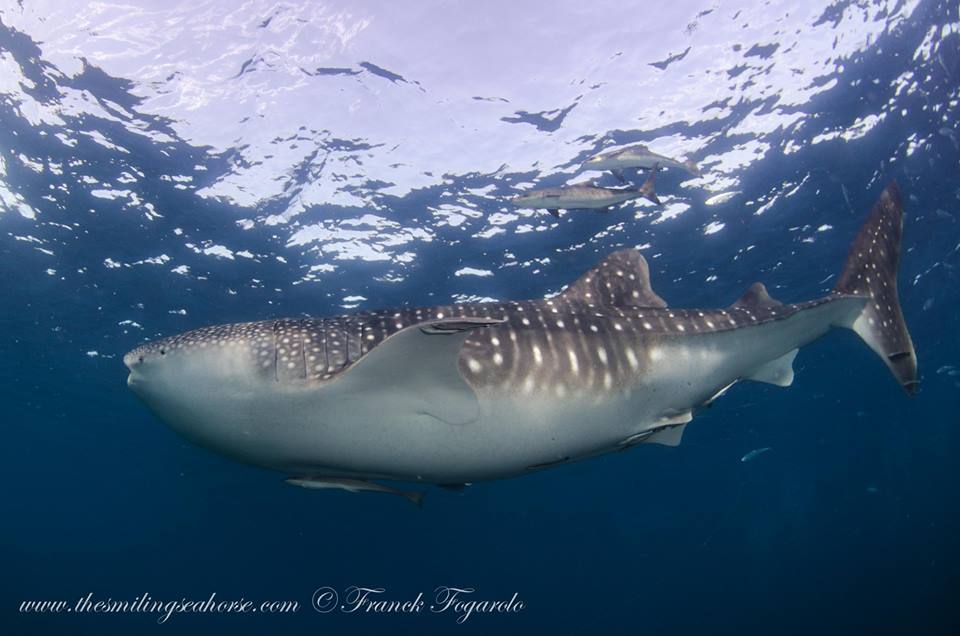
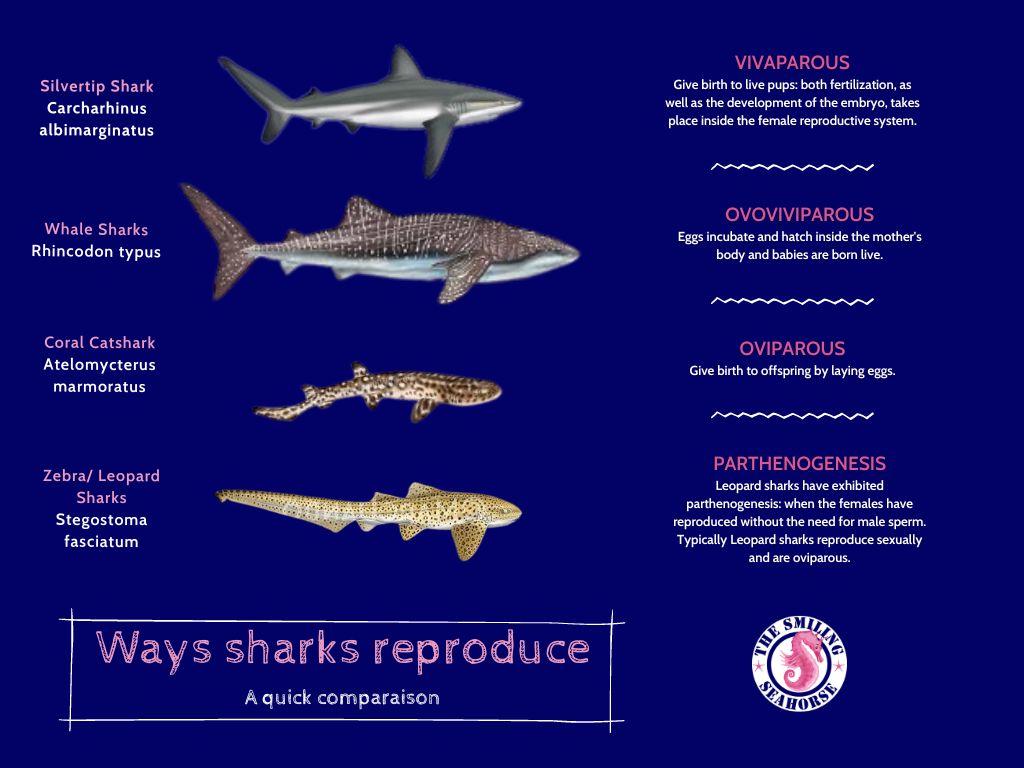

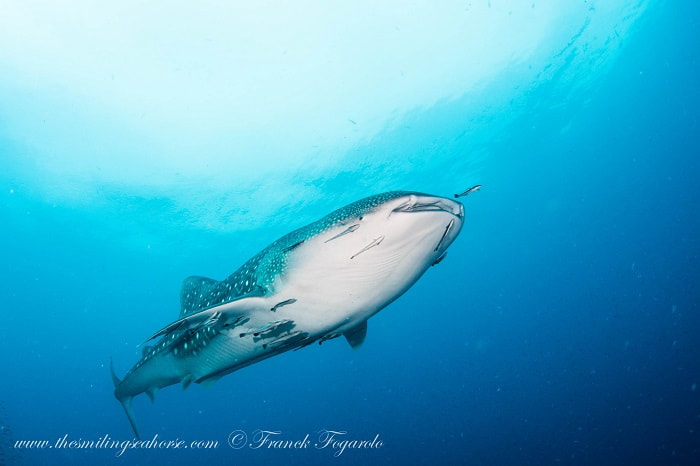
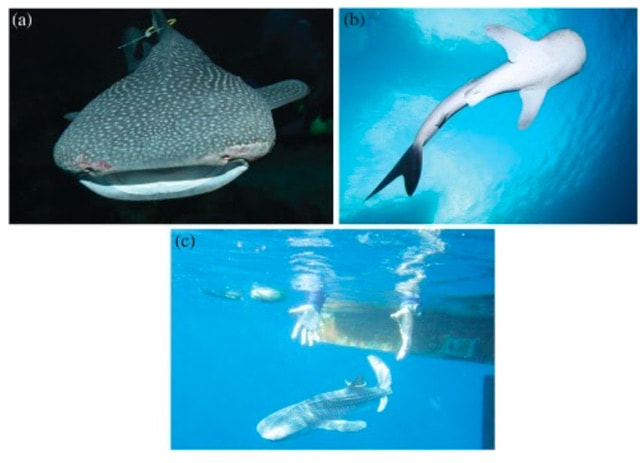
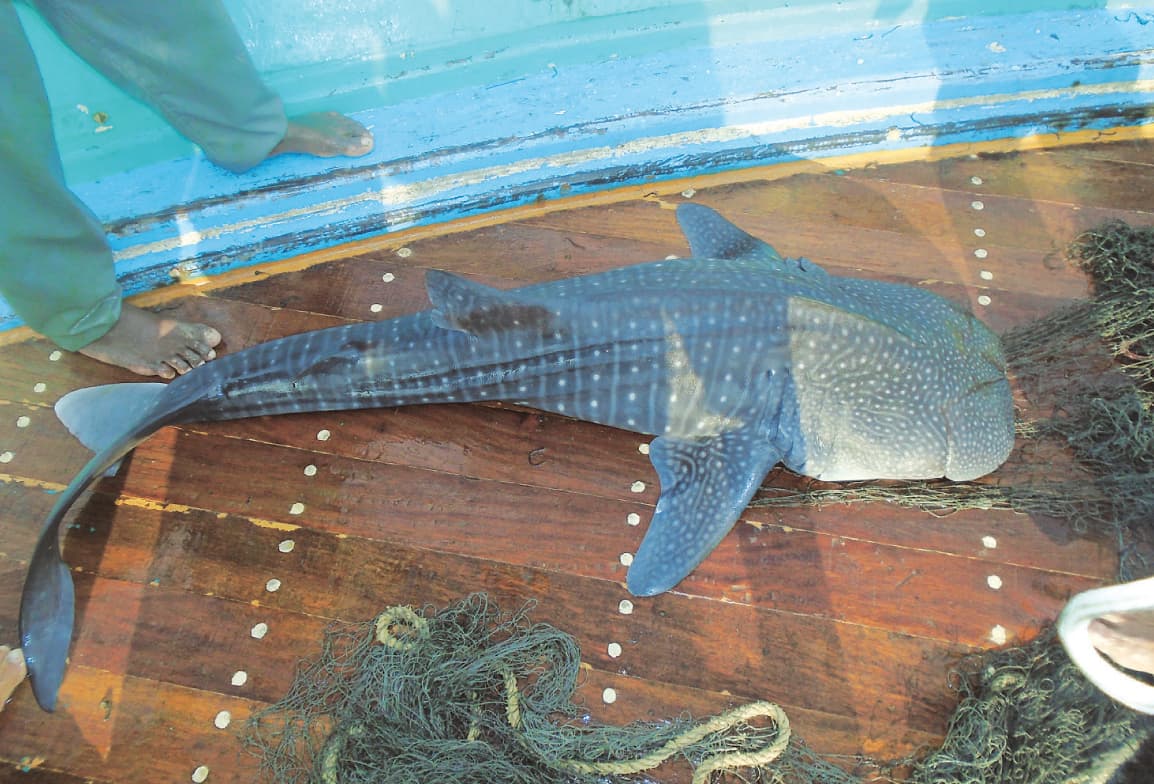
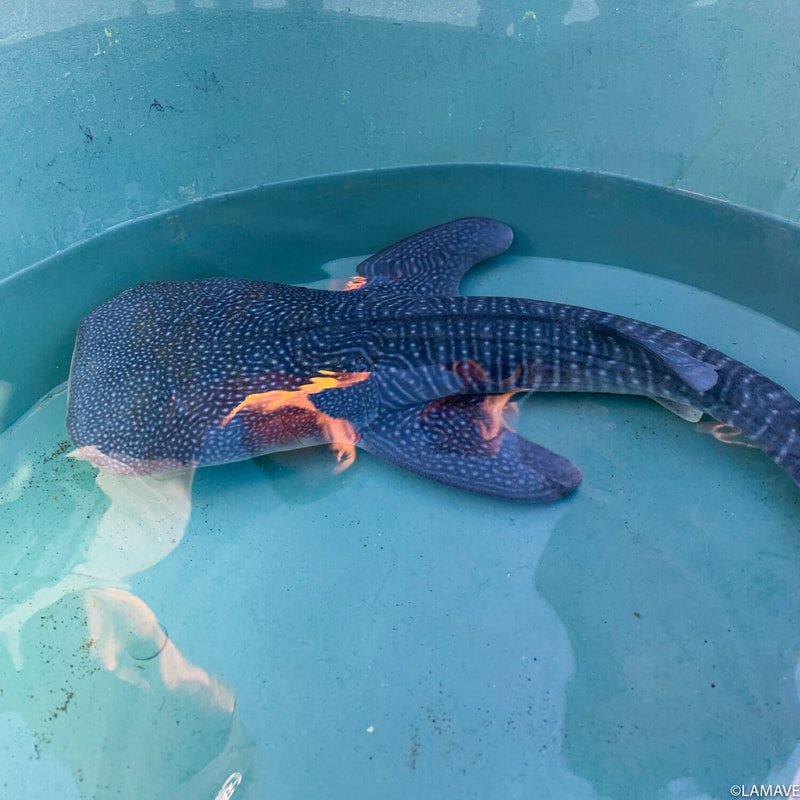
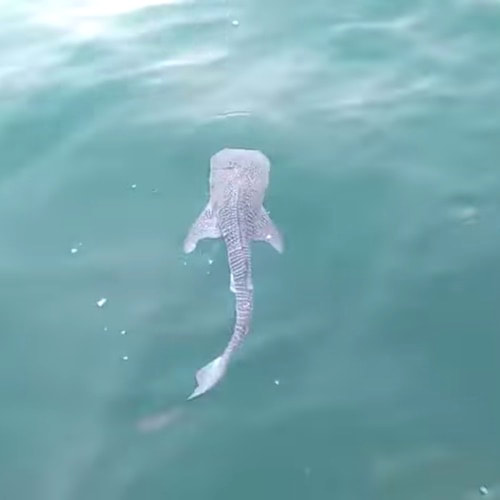
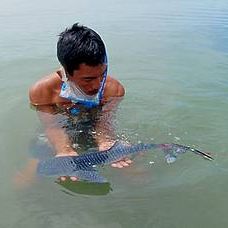
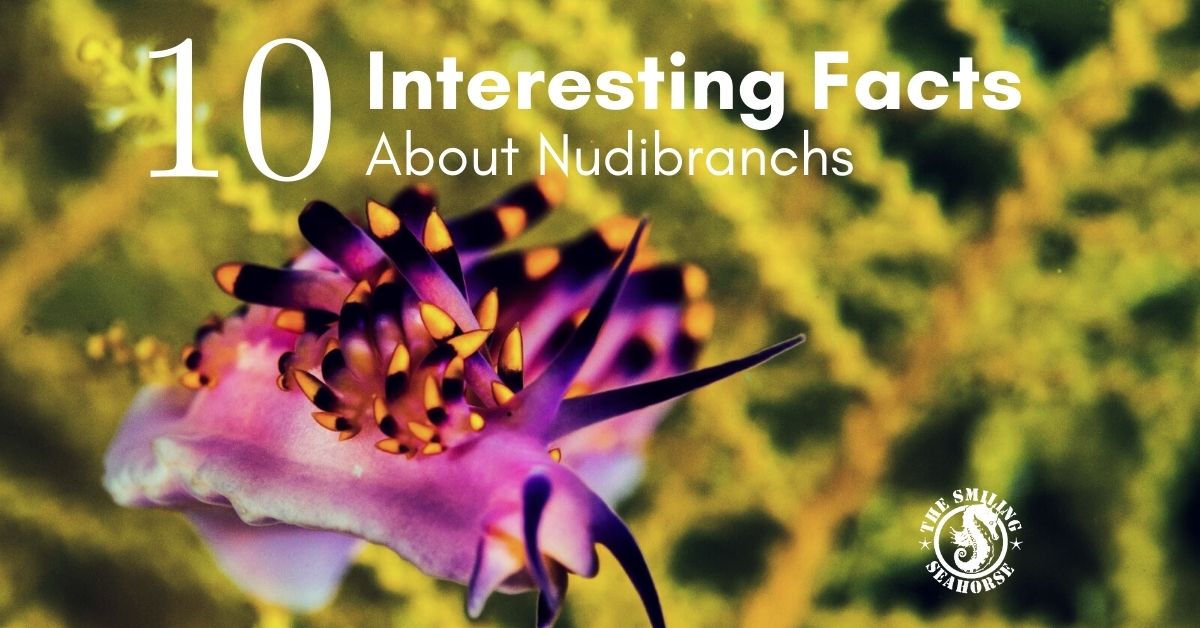
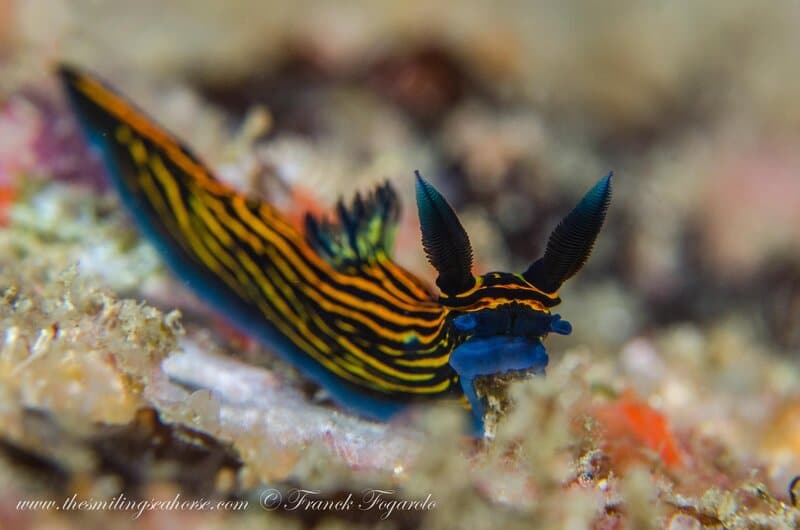
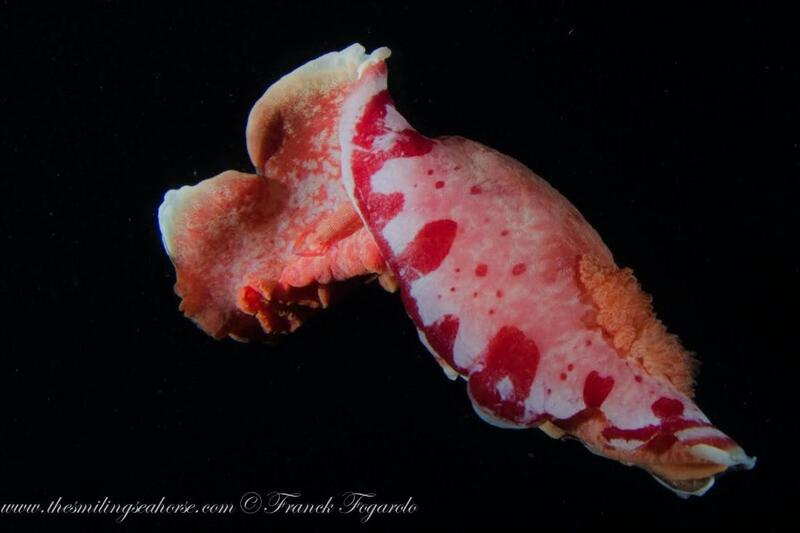
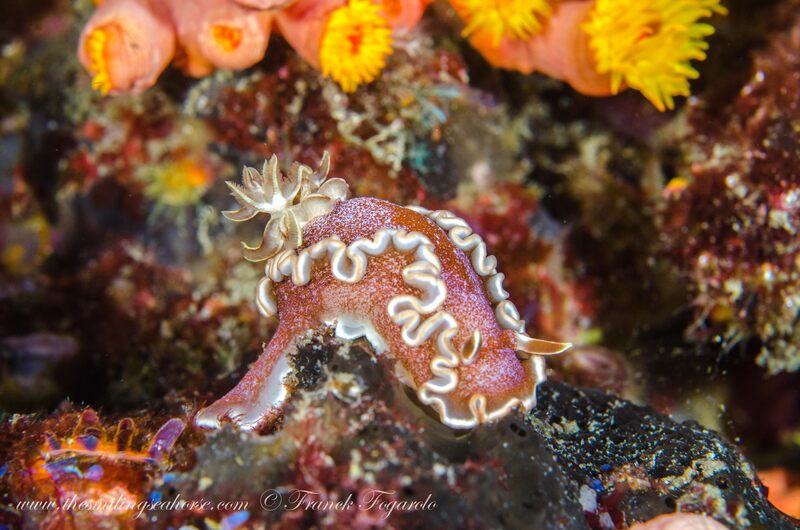
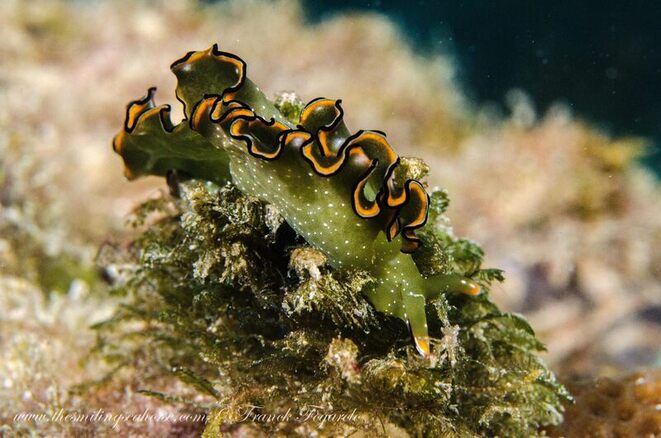
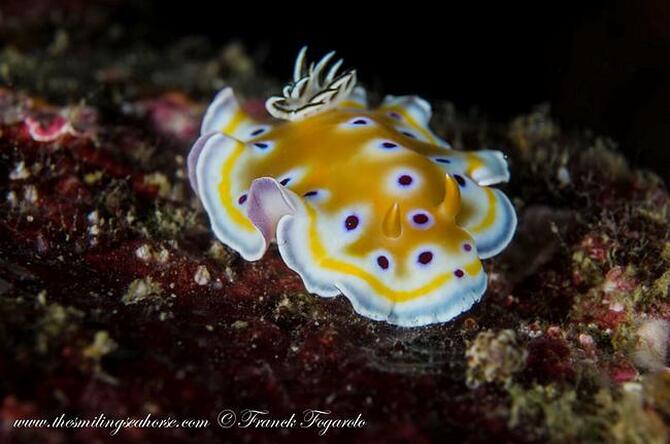
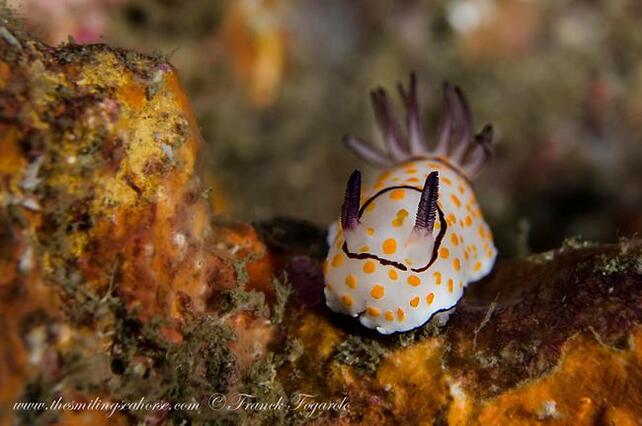
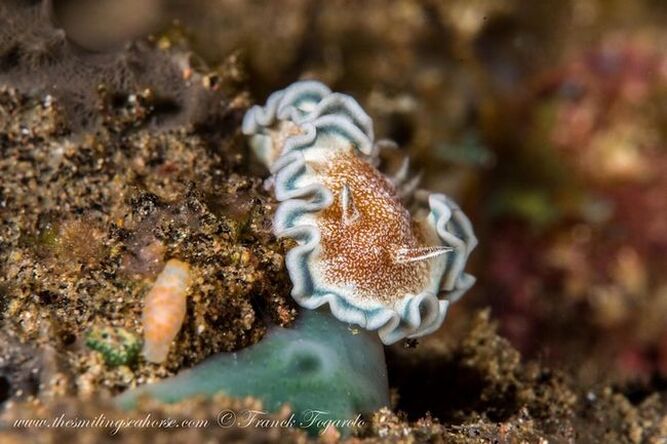
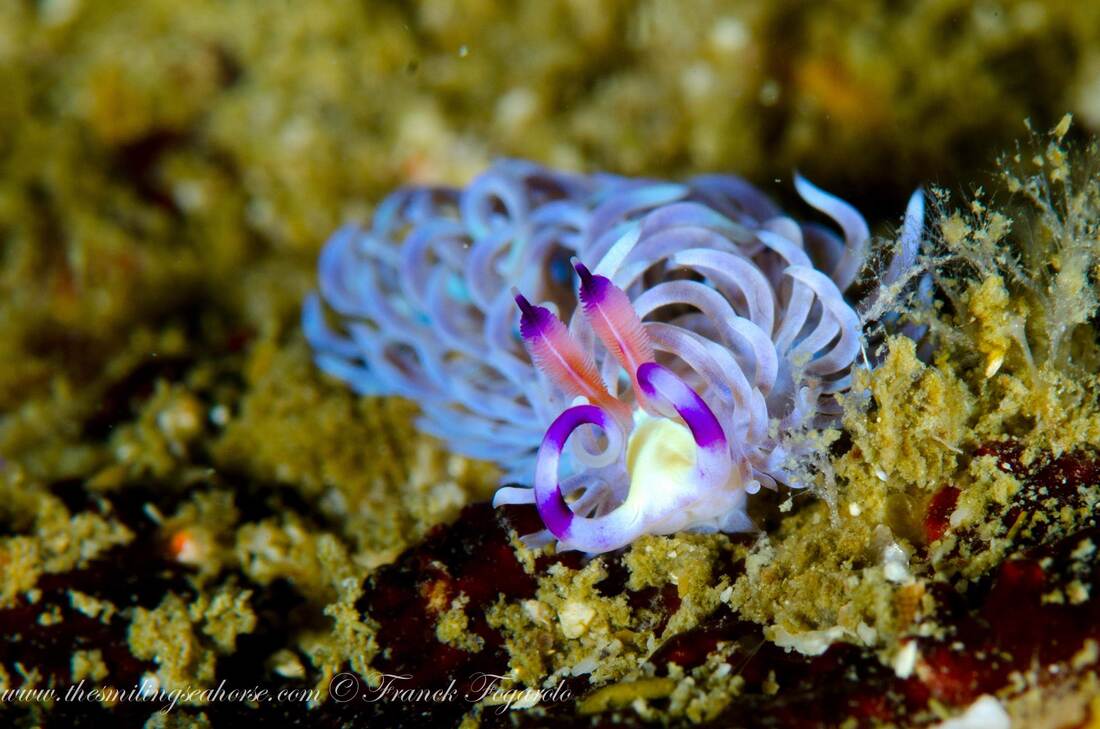
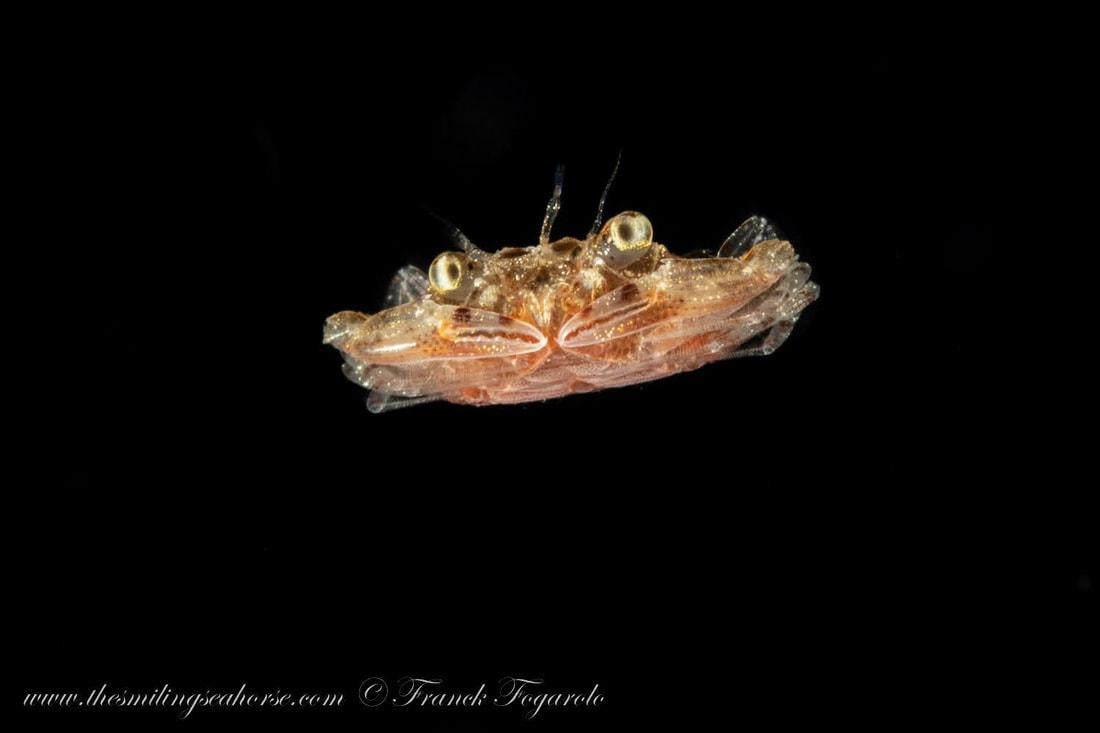
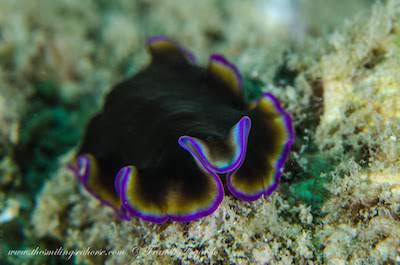
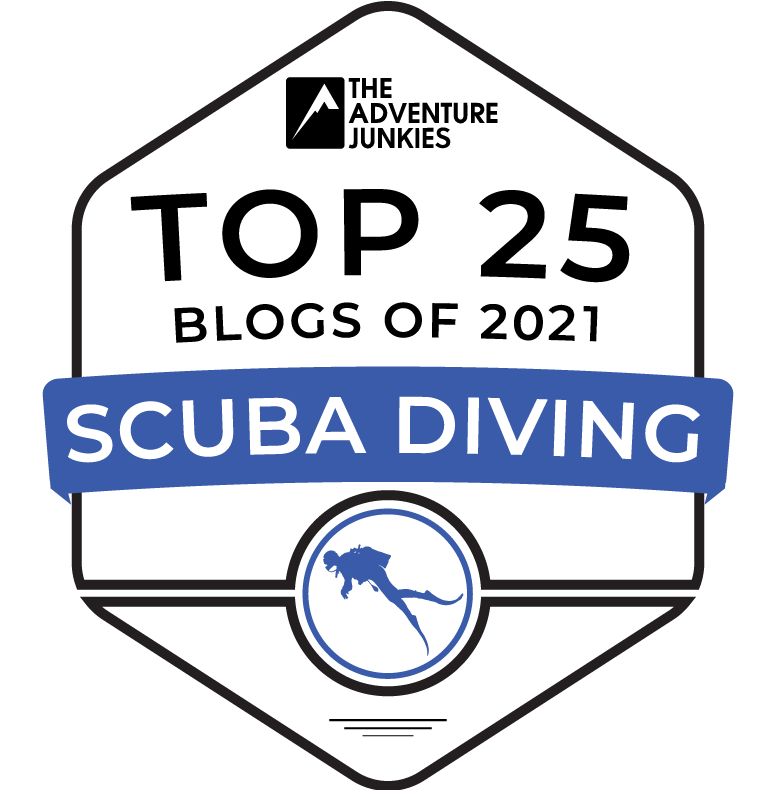
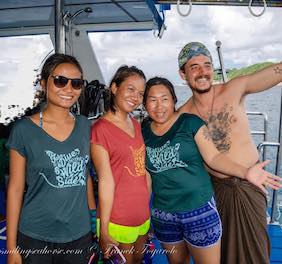
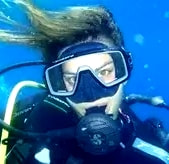

 RSS Feed
RSS Feed




